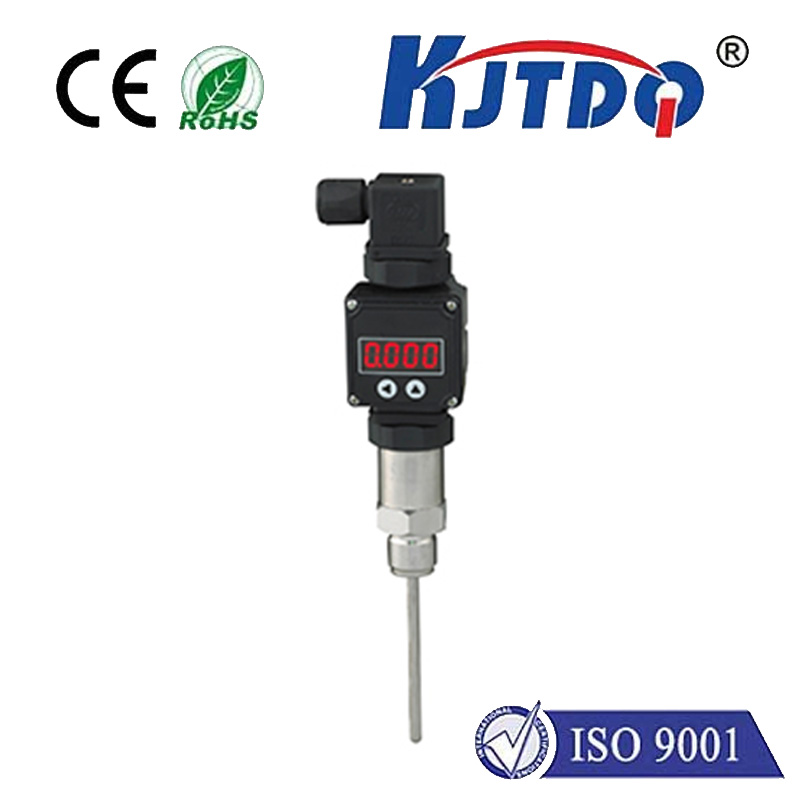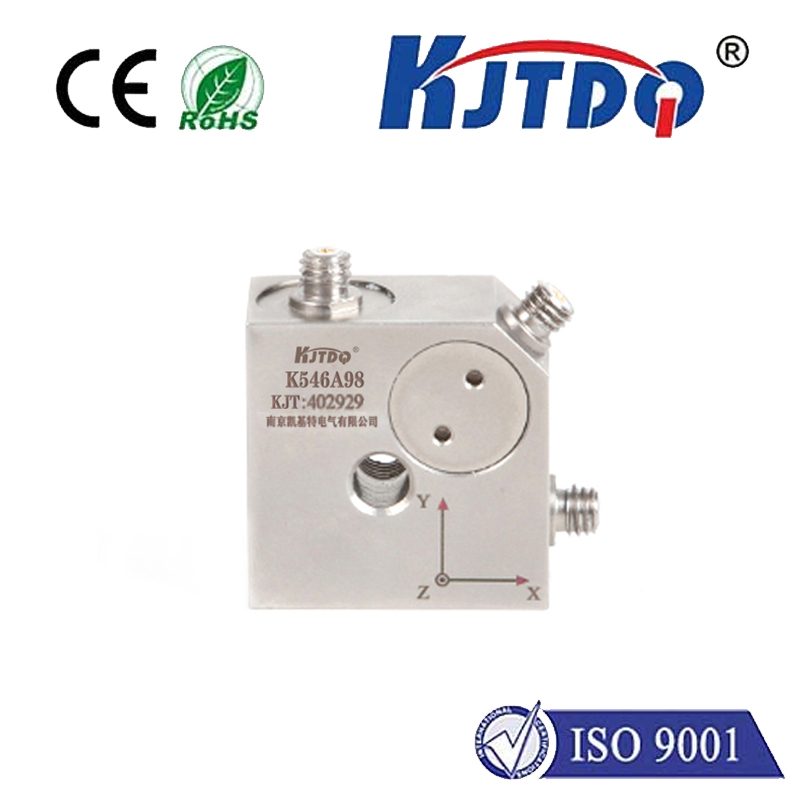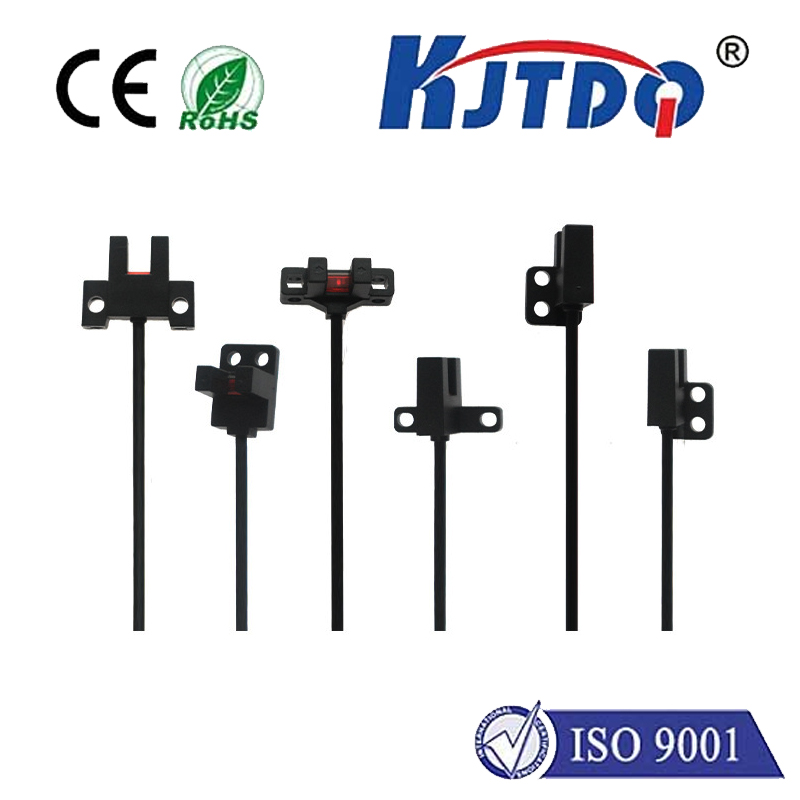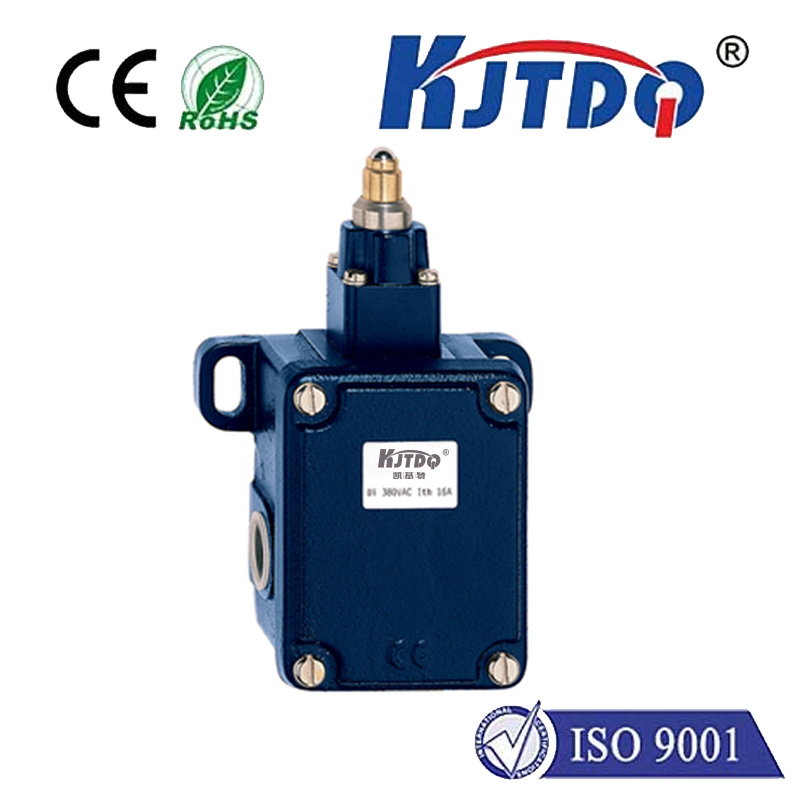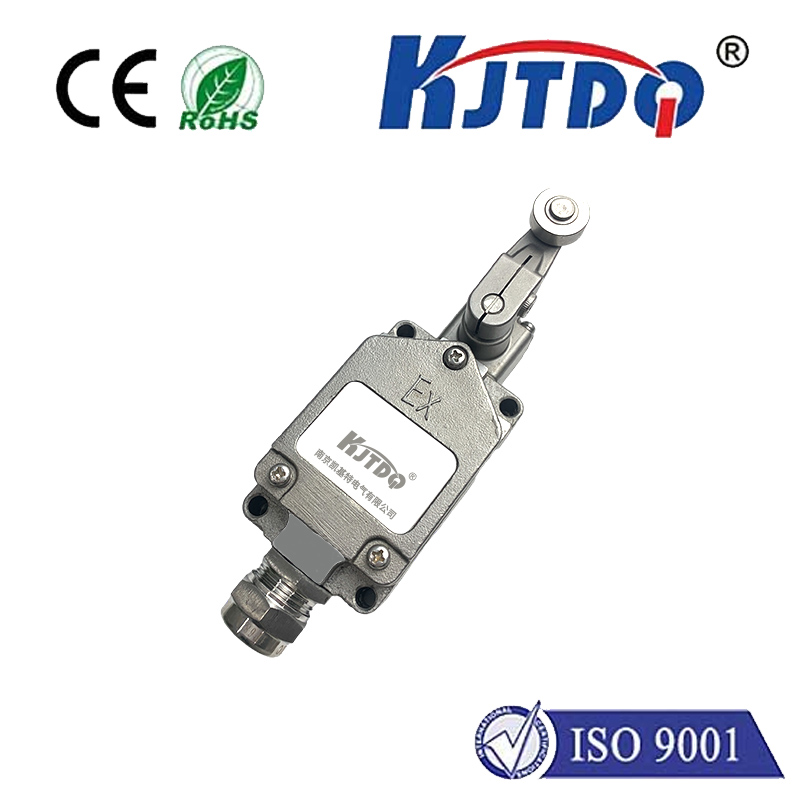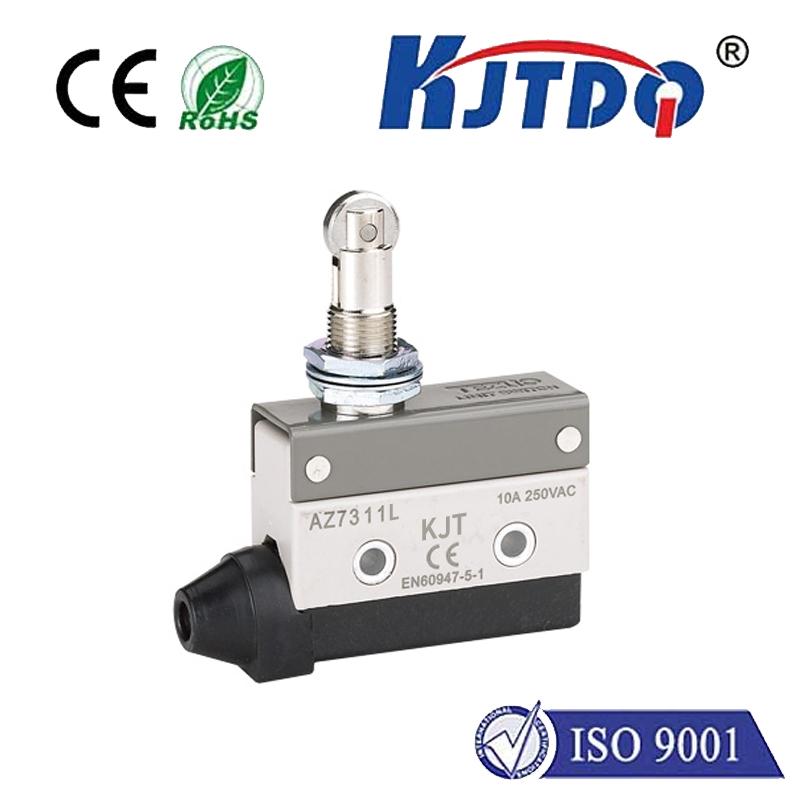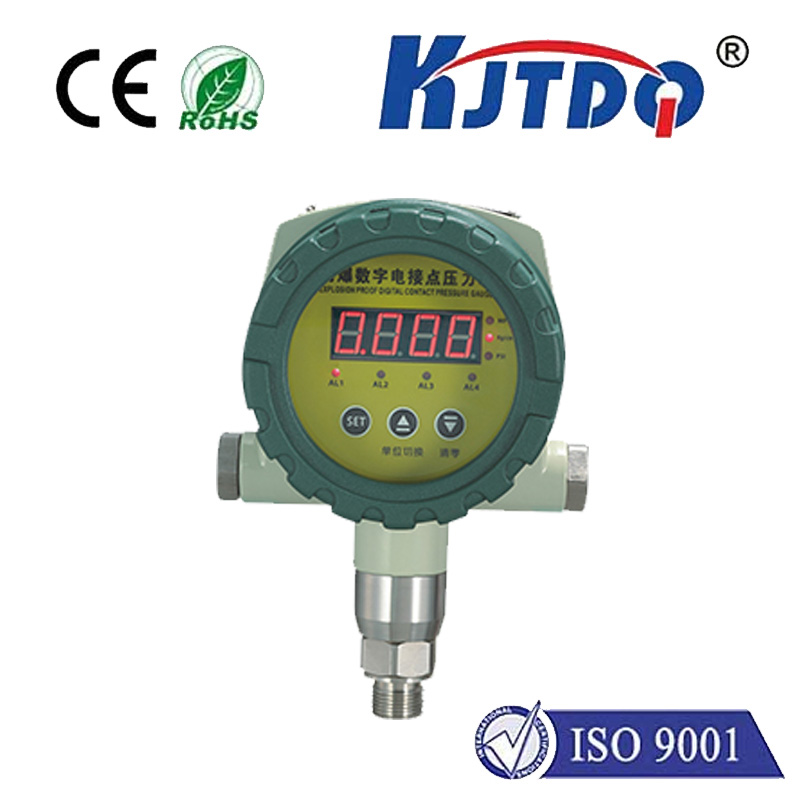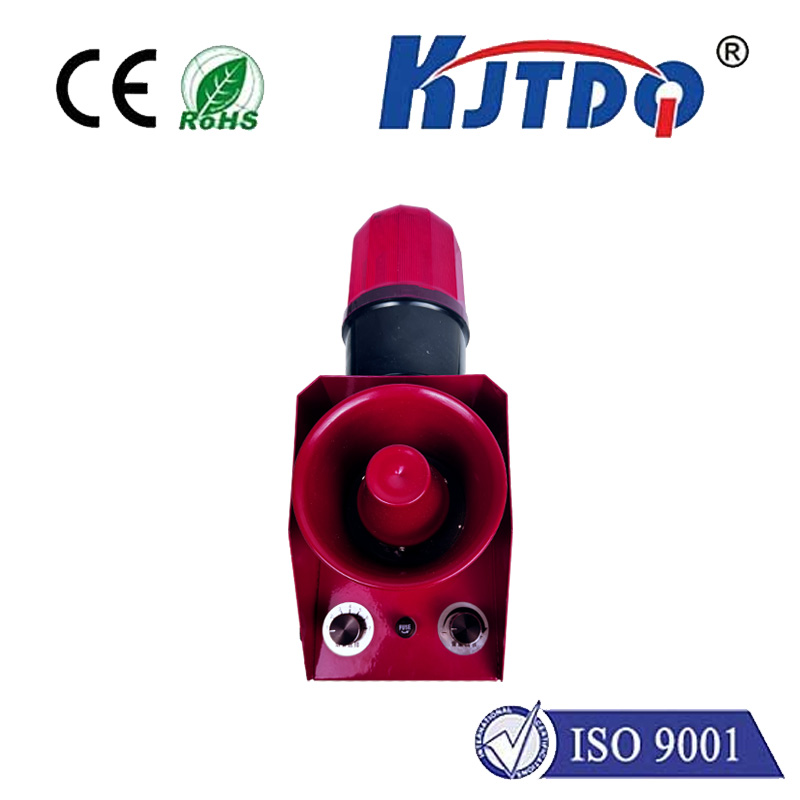
check

check

check

check
Title: The Importance and Function of Enclosed Limit Switches in Automation Systems
In the field of automation, enclosed limit switches play a critical role in ensuring the safe and efficient operation of various systems. These switches are designed to detect the presence or absence of an object or obstacle, providing valuable feedback to control mechanisms. In this article, we will explore the significance of enclosed limit switches, their functions, and how they contribute to the overall functionality of automation systems.
Section 1: What is an Enclosed Limit Switch?
An enclosed limit switch is a type of sensor that is typically housed within a metal or plastic casing. It consists of two moving parts that come into contact when the switch is activated: an armature and a magnetic coil. When an object comes into contact with the armature, it creates a magnetic field, which causes the coil to rotate. This rotation then activates a mechanism that signals to the control system that an obstruction has been detected.
Section 2: Functions of Enclosed Limit Switches
The primary function of an enclosed limit switch is to provide real-time feedback to control mechanisms about the presence or absence of an object. This information is crucial for ensuring that automated processes run smoothly and safely, without causing damage to equipment or people. Some of the specific functions of enclosed limit switches include:
* Detection of objects: Enclosed limit switches can be used to detect the presence of various objects, such as tools, machinery, or people, helping to prevent accidents and ensure proper alignment.
* Position detection: These switches can also be used to monitor the position of machines or equipment, providing important data for maintenance and optimization purposes.
* Motion control: Enclosed limit switches can be integrated into motion control systems to detect changes in position or orientation, allowing for precise adjustment and positioning of equipment.
* Safety interlocks: Some enclosed limit switches are designed specifically for use as safety interlocks, ensuring that a machine or process will not operate until certain conditions are met (e.g., an operator has engaged the gear).
Section 3: Applications of Enclosed Limit Switches
Enclosed limit switches are widely used in various industries, including manufacturing, packaging, logistics, and food processing. Some common applications include:
* Industrial machinery and equipment: These switches are commonly used in robotic arms, CNC machines, material handling systems, and other industrial applications where precise positioning and detection are critical.
* Automotive industry: Enclosed limit switches are essential components in automotive safety systems, such as seatbelt sensors, airbag control modules, and brake control units.
* Packaging and assembly: These switches are used in packaging machines to detect the presence of products during the assembly process, preventing damage and optimizing production efficiency.
* Food processing: Enclosed limit switches are used in various food processing applications, such as checkweighers, baggers, and conveyor belts, to detect the presence of foreign objects and prevent contamination.
Section 4: Advantages of Using Enclosed Limit Switches
There are several advantages to using enclosed limit switches in automation systems:
* Real-time feedback: These switches provide immediate feedback on the position and status of objects, allowing for quick adjustments and optimal performance.
* High accuracy: Enclosed limit switches are highly accurate, ensuring reliable detection of both small and large objects.
* Easy integration: These switches can be easily integrated into existing control systems, making them a cost-effective solution for various applications.
* Safety features: Many enclosed limit switches come with built-in safety features, such as overcurrent protection and resettable limits, ensuring operator safety and reducing downtime due to malfunctions.


